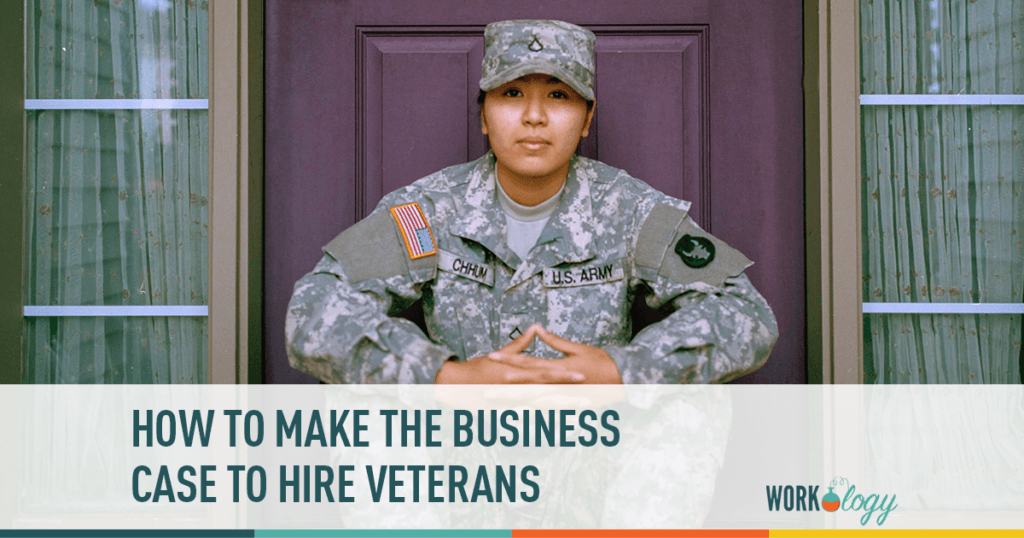Two hundred thousand military veterans are exiting their lines of service each year, according to a Maryland’s Workforce Exchange. This makes for a huge opportunity for employers who are excited to hire and employe military veterans. Yesterday at the Annual SHRM Conference, I attended the session, “A Business Case for Hiring Veterans: Designing and Implementing a Veteran Hiring Strategy.”
The session was led by Lida Citroen, a personal branding expert who is one of the leading experts on military recruiting and transitioning. She urges session attendees understand both military veterans and recruiters in order to develop a narrative and help allow both communities of professionals work, grow and develop together.
Military Hiring Considerations
- Don’t pigeonhole veterans. Get to know them as people and take the time to ask questions to understand their specific needs and interest.
- Create a military onboarding or mentoring process for your military and veteran hires.
- Collaborate with your friends, peers and competitors. More companies hiring veterans increases visibility and the number of veteran military you engage and build relationships with.
Engaging our military is important, especially when you consider that an estimated 3.5 million veterans will transition to civilian life by 2023. This is a huge opportunity for employers to tap into a talent pool of high performing and qualified workers.
“There is no easy place to find veterans. There is no central database for employer and candidate matching. Many are regional, community based, government and private communities,” says Citroen.
Because there is no centralized database, recruiters and talent acquisition leaders are challenged at finding ways to engage and build relationships with this growing workforce. You should consider collaborating with peers, colleagues and even your competition. Look beyond job boards and find ways to engage them. Citroen recommends using a combination of efforts that are customized to your organization. She suggests starting out simple, using social media chats and Facebook groups to be able to build relationships with military veterans who are transitioning.
How to Start Creating a Military Hiring Strategy
Citroen further suggests we get started creating a military hiring strategy by looking at the business. She asks us, “What is the brand of the business?” What is driving profitability of the business?” Start there to understand your values so that you can establish your goals.
- Create a Project Team. Look at business goals, strategy and start to identify what it is you want to accomplish.
- Make it safe to self-identify. Position it around a holiday to help make employees feel more comfortable identifying veterans already working at your company.
- Set Up an Affinity Group to begin engaging and providing resources and information for retired and activity duty military veterans who need resources and support as they begin transitioning.
- Collaborate with Veteran Service Organizations. Find a veteran-serving organization that has connections, relationships and networks that can help you recruit, hire and engage veterans.
- Measure at periodic intervals like quarterly metrics. It’s easy to overmeasure and be focused on the metrics. You want to make sure that while you are aware of the metrics, it’s not your number 1 focus.
Most importantly, get to know your military veterans and ask about how learn how they conduct their job search. I was surprised to learn that veterans have 26% more LinkedIn connections. They don’t use social media for the purposes of building a brand, but for blowing off steam and connecting with family and other military members. These small differences are important to communicate to your recruiting leaders and hiring managers who are used to interviewing, evaluating and sourcing traditional candidates in a certain way.









Comments are closed.